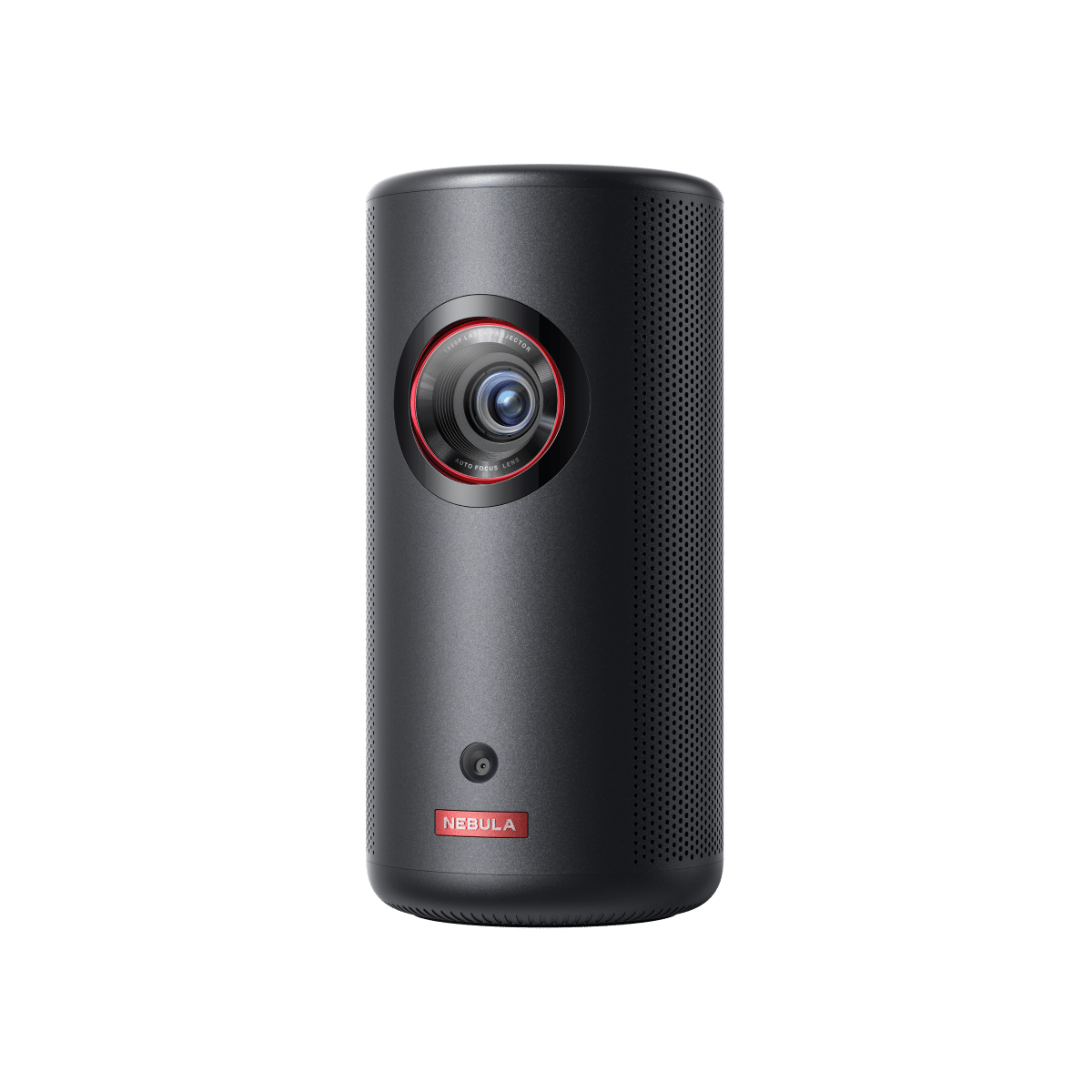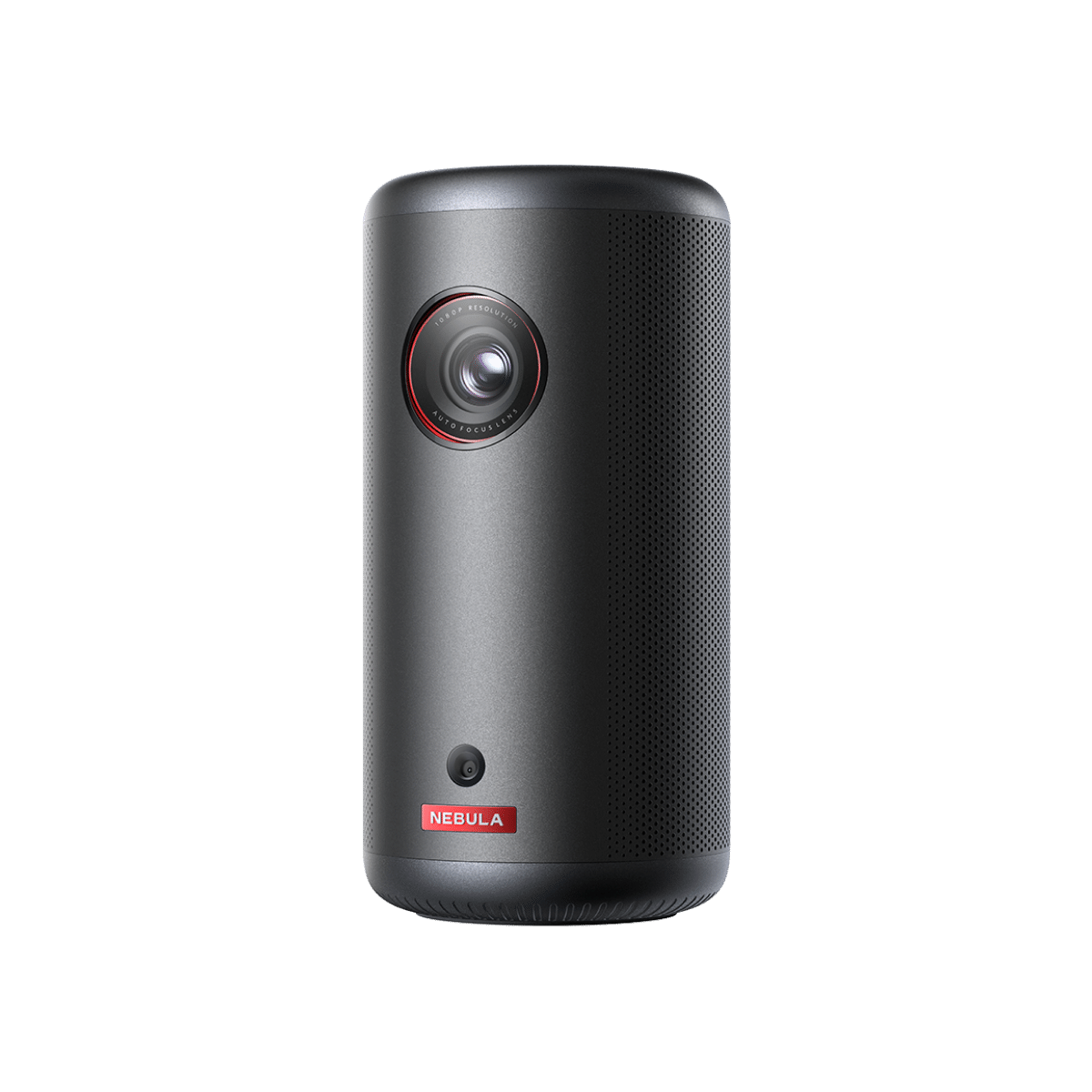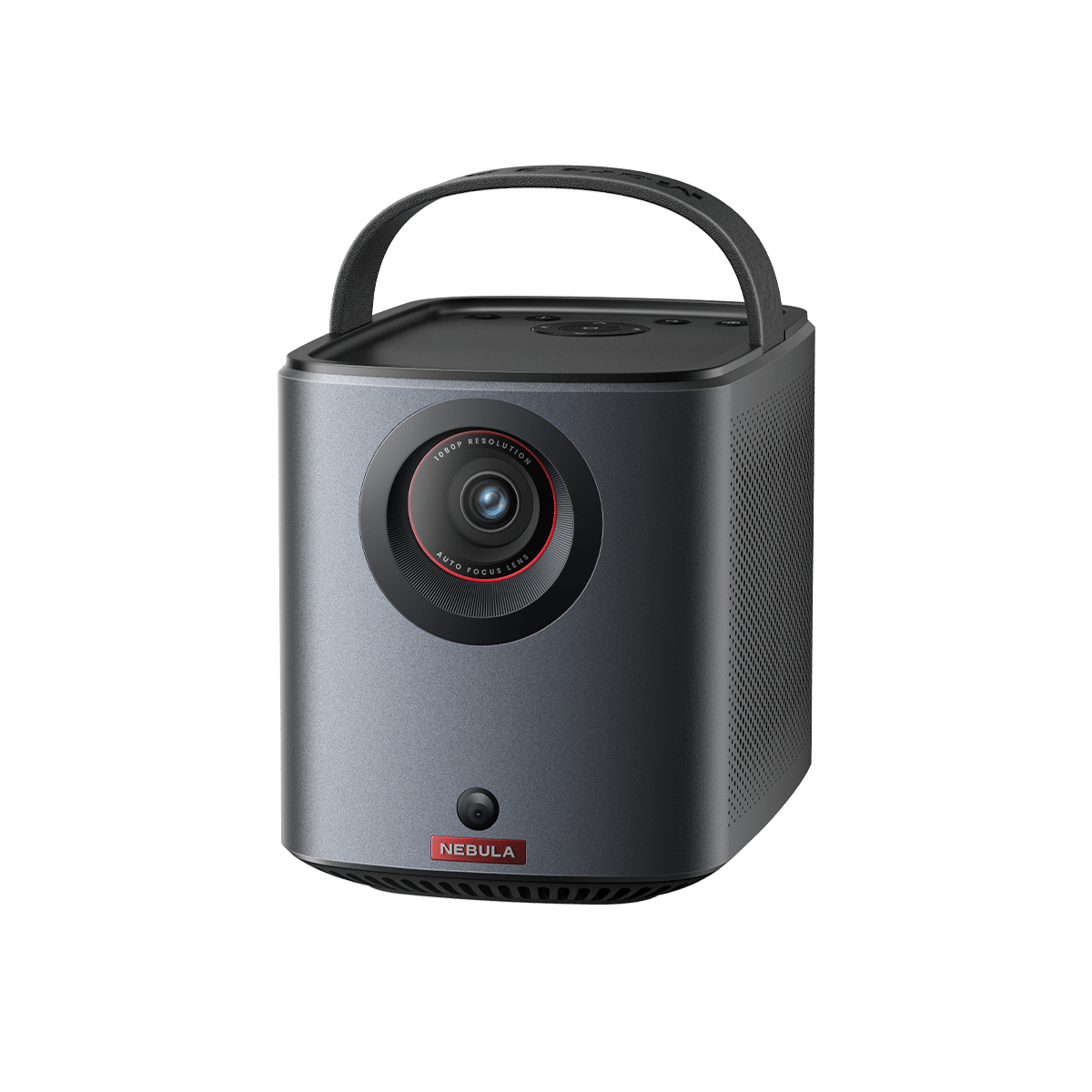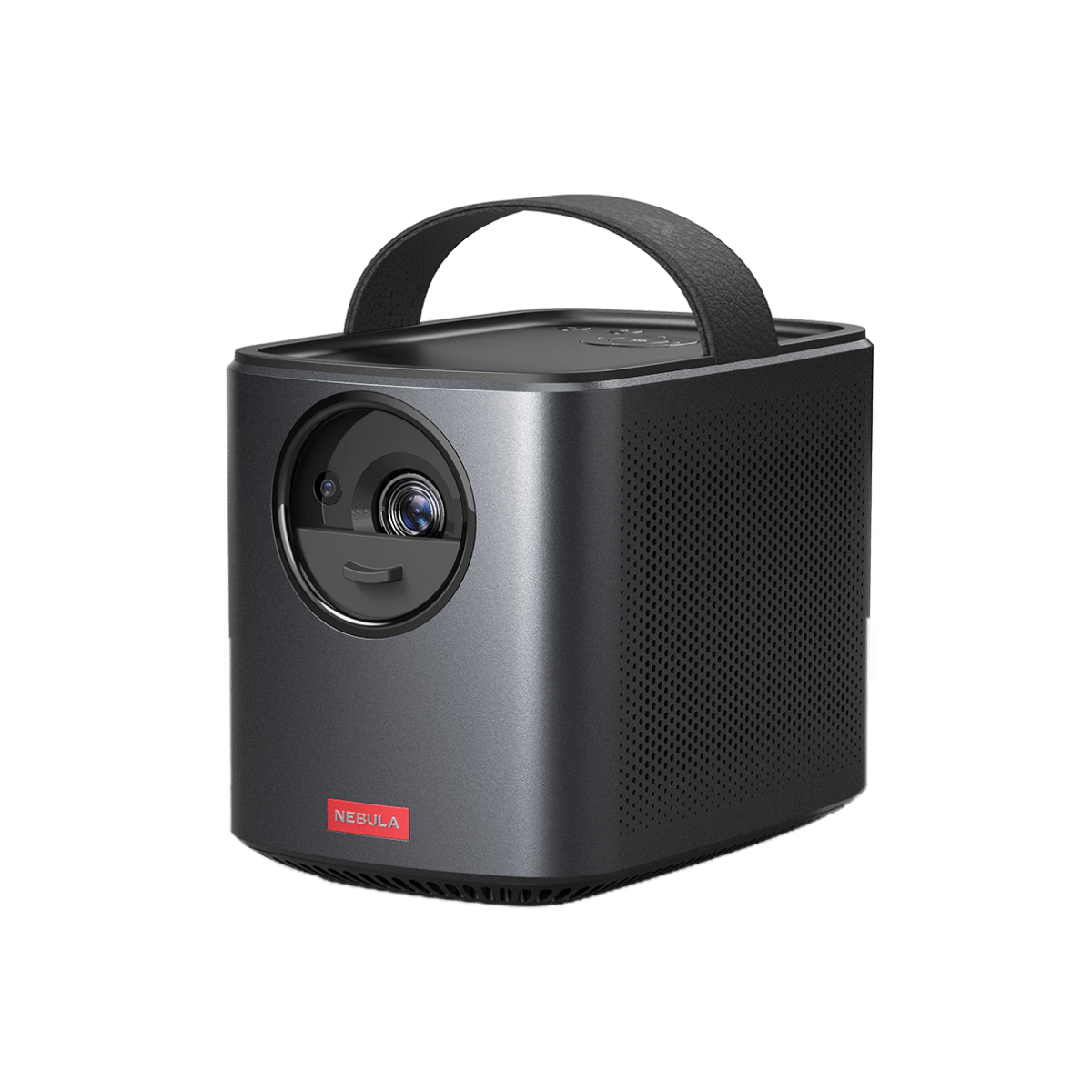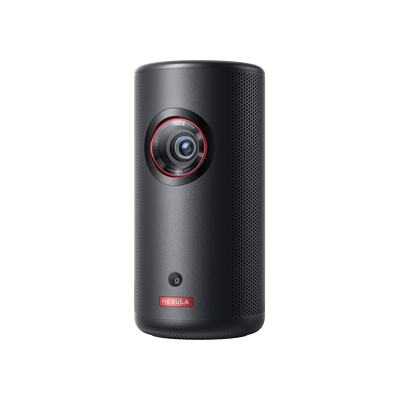Navigating the world of projectors, one often stumbles upon technical jargon that defines the device's performance. One such critical aspect determining the quality of projection is brightness, and this is where the terms "ISO lumens" and "ANSI lumens" pop up. But what do these terms signify? What does the debate of ISO lumens vs. ANSI lumens mean for the average consumer? How do you convert between these lumen counts when comparing different models? This guide sets out to unravel these questions, shedding light on the origins, methodologies, and implications of these brightness measures in the projector industry.

What Are Lumens in Projector Performance?
Lumens in projector performance refer to a unit of measurement used to quantify the brightness or light output of a projector. When it comes to projectors, the term "lumens" is critical because it helps determine how well a projector can display images and videos in various lighting conditions. In essence, the higher the number of lumens a projector has, the brighter the projected image will be. However, it's important to note that there are two primary standards used for measuring lumens in the context of projectors: ANSI lumens and ISO lumens. These standards provide distinct methods and conditions for assessing brightness, allowing consumers to make informed decisions when choosing a projector for their specific needs.
What Is ANSI Lumen?
ANSI lumens refer to a standardized measurement of brightness commonly used in the display industry. ANSI stands for the American National Standards Institute, which developed a set of guidelines for measuring lumens. The ANSI lumens measurement involves projecting an image or a test pattern onto a screen and then measuring the brightness of the projected image using a light meter. This measurement is taken at various points across the screen to ensure accuracy.
ANSI lumens are valuable for providing a consistent and reliable way to compare the brightness of different projectors or displays. They are particularly important when choosing projectors for professional use, where brightness and image quality are critical, such as in boardrooms, classrooms, and home theaters. ANSI lumens take into account factors like ambient light, image uniformity, and color accuracy, making them a more precise indicator of a projector's performance in real-world conditions.
What Is ISO Lumen?
ISO lumens, on the other hand, represent a different method of measuring brightness and are based on standards set by the International Organization for Standardization (ISO). ISO lumens use a more controlled environment for measurement, typically using a specific set of test patterns and equipment, which can vary from the ANSI standard. ISO lumens may provide different results from ANSI lumens, primarily due to variations in measurement conditions and standards.
While ISO lumens can offer a standardized way of measuring brightness, they are not as commonly used or recognized as ANSI lumens in the projector and display industry. They may be more relevant in specific niche applications or regions where ISO standards are preferred.
ISO Lumens VS. ANSI Lumens: What's the Difference?

ISO lumens and ANSI lumens are two different methods for measuring the brightness of projectors and displays. They have distinct characteristics, purposes, and measurement techniques. Let's compare and contrast the difference between ansi and ISO lumens:
1. Purpose and Use:
ANSI Lumens:
ANSI lumens are widely recognized and used in the display industry for assessing the brightness of projectors and displays.
They are particularly valuable for comparing different projectors and displays in real-world scenarios where varying light conditions and color accuracy matter.
ISO Lumens:
ISO lumens are based on standards set by the International Organization for Standardization and are used in specific applications and regions that prefer or require ISO standards.
They may be more relevant in niche or specialized contexts.
2. Measurement Method:
ANSI Lumens Measurement:
- Environment: ANSI lumens are measured in a controlled environment but consider real-world conditions. This includes factors like ambient light, image uniformity, and color accuracy, making it suitable for practical use.
- Test Pattern: ANSI lumens use a specific test pattern, often with white and black areas, to assess a projector's performance with varying content.
- Calibration: The projector should be calibrated to its default or standard settings to maintain consistency in measurement.
- Light Meter Readings: Multiple readings are taken using a light meter at various points on the screen.
- Average Lumen Output: The readings are averaged to calculate the ANSI lumens, providing a reliable indicator of brightness under real-world conditions.
ISO Lumens Measurement:
- Environment: ISO lumens are measured in a highly controlled and standardized environment to minimize external factors that could affect the measurement's accuracy.
- Equipment: ISO-compliant equipment must be used, including the projector and light meter, to ensure compliance with ISO standards.
- Test Conditions: Specific testing conditions are defined, including parameters such as the distance between the projector and the screen, the test patterns, and angle of projection.
- Calibration: The projector is calibrated according to ISO standards, adhering to specific guidelines for brightness, contrast, and color settings.
- Light Meter Readings: Multiple readings are taken using a light meter at different points on the screen to ensure precision.
- Average Lumen Output: The readings are averaged to calculate ISO lumens, representing the projector's brightness under ISO-compliant conditions.
Converting ISO Lumens to ANSI Lumens
Understanding the relationship between the two standards becomes easier with a handy conversion method. Generally, there is no specific conversion relationship between ISO lumens and ANSI lumens.
In a controlled test, a projector with a fixed throw ratio was used to display a 60-inch image. The brightness was measured using the same luminance meter with a thickness of 35mm. The test revealed that 1 ANSI lumens = 1.045 ISO lumens, meaning that the ANSI Lumens value was 4.5% higher than the ISO Lumens value.
However, always remember that while conversions give an approximation, actual brightness and performance can vary based on multiple factors, including the specific model of the projector, its settings, and the environment in which it's used.
Conclusion
Both ISO lumens and ANSI lumens serve to provide potential buyers with a sense of a projector's brightness. While the methods differ, their intent is the same: to offer a standardized means of comparison. As a consumer, it’s beneficial to understand the nuances of ISO lumens vs. ANSI lumens, especially if faced with making a choice based on these ANSI ISO ratings. Armed with this knowledge, you can now venture into the realm of projectors with confidence, ensuring you make decisions that suit your specific needs and environments. Remember, while technical specifications are essential, always consider how they translate into practical performance. Happy projecting!
FAQ
How many ANSI lumens for daylight?
In daylight or well-lit rooms, a projector needs to be sufficiently bright to combat ambient light. Typically, a minimum of 2000 ANSI lumens is recommended to ensure clear and visible projections, even in environments with substantial natural or artificial light.
Ignite your senses with the NEBULA Cosmos Laser 4K, the ultimate portable projector that delivers an unrivaled 4K laser-bright immersion, powered by an impressive 2200 ansi lumens.

Is 300 ANSI Lumens good for a projector?
Whether 300 ANSI lumens are good for a projector depends on factors like room lighting and screen size. It can work well in dark rooms or for smaller screens but may not be sufficient in well-lit rooms or for larger screens. Consider your specific use case and lighting conditions when deciding.
Transform any outdoor space into a cinematic experience with Capsule 3 Laser, the mini portable laser projector, featuring 300 ANSI Lumens laser light source, delivering 1080p HD resolution for breathtaking clarity and vibrant colors, perfect for outdoor use.

